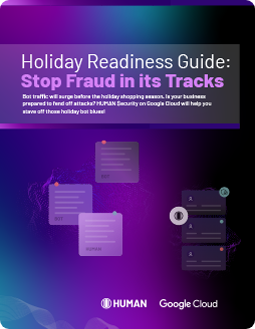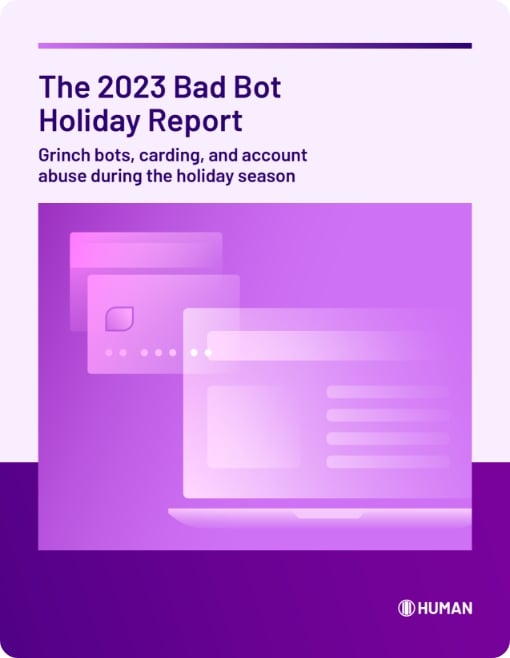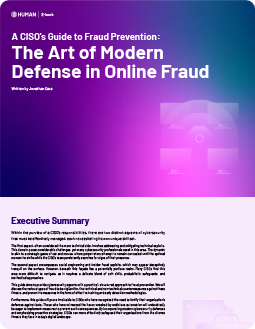Understanding Anti-Malvertising Solutions
There are two primary methods that anti-malvertising solutions offer for integrating their tools onto your website: creative wrapping and a page-level script. Traditionally nearly all solutions required creative wrapping in order to provide protection against malvertisers.
Unfortunately creative wrapping requires significant effort and has gaps in its ability to provide complete protection. This can lead to tedious games of whack-a-mole with malvertisers, as well as increased maintenance and back-and-forth with your security providers, who may need to manually tune and update each ad unit to successfully protect your site.
Below we will cover how each approach is accomplished, as well as the benefits and weaknesses they come along with.
How Does Creative Wrapping Work?
Creative wrapping works by creating a container around each ad unit on the webpage. So for each webpage, everywhere there is a space for an ad, a wrapper needs to be created. Within this wrapper is where the code for integrating your chosen anti-malvertising solution would go.
This works in a similar way to putting a fence around each ad unit to provide protection for just that particular portion of the page.
This approach is the industry standard, and allows the script to monitor activity within each ad unit, detecting and blocking any known malvertisers from running ads on your page. But creative wrapping can quickly become a tedious maintenance lift once new threats begin targeting your site.
On a particular page, your team will have to work to maintain an integration for each individual ad unit, across your entire site, for each different page type you have, in order to make sure protection is up to date. That can quickly multiply into hundreds of ad unit containers to keep track of and manage.
How Does Page-Level Protection Work?
By contrast, a solution that offers page-level protection requires only the installation of a single line of javascript injected in the header of the website (meaning you only have to implement the integration in one place to cover every ad unit on your site). This script operates at the page level, rather than for each of the individual ad units.
Once a new threat is detected and successfully blocked, protection will automatically be provided across the entirety of your website, removing the extra maintenance lift of individually updating each ad unit.
All together, this leads to a more effective solution with:
What are the Benefits of Page-level Protection?
- More Effective Protection
The most important benefit of a solution that offers page-level protection is its effectiveness in catching and blocking malicious activity.
Take, for example, a boat that is sinking. Creative wrapping would be equivalent to selecting very specific holes in the boat to plug and attempt to stop the leaking. By contrast, page-level protection would be akin to wrapping the entire boat in a protective layer, thereby automatically plugging every existing leak and preventing problems from any future holes that may appear.
Implementing a solution at the page-level means that you’ll catch any malicious activity, regardless of how it is executed, before your users ever feel the effects of it. This means less chance for something to sneak past the protective tools you’ve employed and protection against attacks that you may not have even experienced in the past. - Easier Integration Process
Another key benefit of this type of solution is how much easier it is to get up and running. The integration process becomes as simple as installing one line of code, one time. That’s it.
With creative wrapping, your team has to build the wrappers and install the integration code for each and every different kind of ad unit you have across the site. - Less Ongoing Management Effort
Ongoing management is easy with page-level protection. You are free to update, change or add new ad units all with no change to the integration you have in place. As long as the script is on the page, anything you put on it is protected.
With creative wrapping solutions, you have to update your integrations every time you want to change the structure of your page or move ad units around. Each time, you’ll have to manually go and set up, or update the integration for that ad unit. And, anytime you want to add a new ad unit, you’ll have to set up a new wrapper and integration.
Most people don’t believe that it is really possible to have a solution that is “set it and forget it” when it comes to malvertising, because it has never really been possible in the past. But, by creating a script that offers page-level protection, it has become a reality. - Infrastructure Agnostic Implementation
Another key benefit of a page-level solution is that it is 100% agnostic of your environment or tools. Depending upon what you use to manage your site or content, creative wrapping solutions will have to employ different integration methods, since they work deeply within the infrastructure of your site.
On the other hand, a single page-level JavaScript that doesn’t have to interact with your back-end management tools, means the integration process is always the same, and always simple. It also means, it is future proofed for any changes you may make before you even make them.
How HUMAN Provides Page-level Protection
HUMAN Malvertising Defense is a page-level solution that gives platforms and publishers a new and more effective approach to disrupting malvertisers. A single line of code protects your site without adding increased latency or maintenance of creative wrapping. It is the only solution on the market that utilizes behavioral analysis of each ad impression to detect unwanted behavior at runtime, stopping malicious ad behavior while still allowing ad impressions to fire.
HUMAN’s preventative solution protects millions of page views and websites a day, with hundreds of thousands of interactions protected and threats blocked. And with our unmatched network reach giving us insights into over 20 trillion interactions a week, no one understands threats better than us. Malvertising Defense enables publishers and platforms to preserve user experience and trust, without sacrificing revenue.
Related Articles
What are Skewed Analytics and How to Avoid Them
What is Bot Detection? | How to Detect & Block Bad Bots
What is Bot Mitigation? | 4 Types of Bots & Botnets | How to Stop Bots
What is Fake Account Creation? | How to Prevent It
What is Scraping? Protection from Web Scraping & Data Scraping



